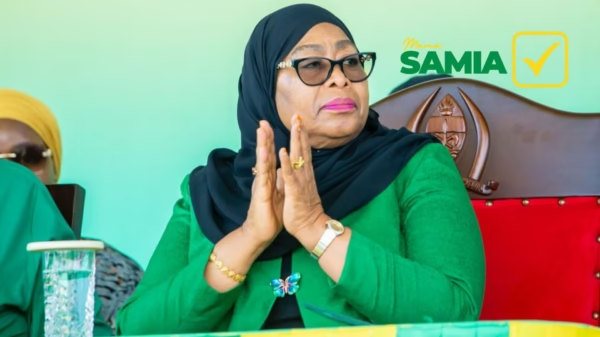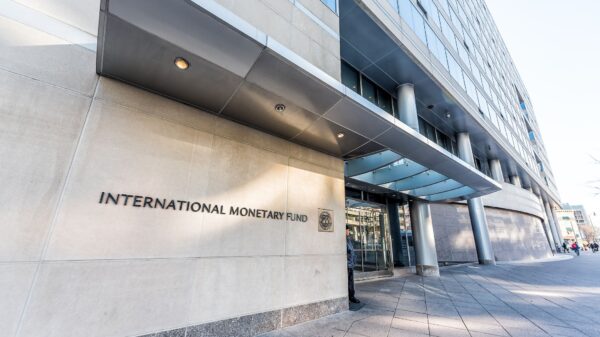The Zimbabwean government has explained the financial structure behind its full acquisition of Kuvimba Mining House (KMH) through the Mutapa Investment Fund (MIF), the nation’s sovereign wealth entity.
The government finalized its ownership by purchasing a remaining 35% stake for US$1.9 billion, which was financed using long-term Treasury Bonds.
These Treasury Bonds, carrying a maturity period of up to a decade, were extended to MIF as a loan, allowing the fund to take full control of KMH without requiring immediate cash payment.
Before this transaction, the government already owned a 65% stake in KMH. The company holds a broad portfolio of key mining operations across the country, including Freda Rebecca and Shamva gold mines, Jena Mines, Sandawana Mine (lithium), Zimbabwe Alloys (chrome), Great Dyke Investments (platinum), and Bindura Nickel Corporation.
An independent assessment recently pegged KMH’s total valuation at US$3.2 billion, placing the 35% stake at approximately US$1.1 billion when discounted against the future value of the Treasury Bonds.
Responding to misinformation circulating online, MIF CEO Dr. John Mangudya issued a public statement to clarify the details. He emphasized that the transaction did not involve any cash, as the Treasury Bonds are yet to mature. The deal allows MIF to manage KMH fully while working to generate revenue from its assets to repay the loan over time, ideally before the bonds come due.
Dr. Mangudya noted that this structure poses minimal fiscal risk, as the repayment will be backed by revenues from KMH’s operations. Strategies to cover the loan include increasing production—particularly of gold, which is currently fetching high prices globally—and entering joint ventures.
Following the acquisition, government shareholding in KMH now comprises various entities under MIF’s umbrella. These include MIF itself (63%), Datvest Nominees representing former farmers (12.5%), the Insurance and Pensions Commission (5%), the National Venture Company (2.5%), and separate 2.5% allocations for women, youth, and war veterans. Other stakeholders include the Deposit Protection Corporation (5%) and the Public Service Commission (7%).
Dr. Mangudya added that two independent firms conducted the valuation of KMH, with growth in the value of lithium, gold, and platinum—particularly from Sandawana Mines—significantly boosting the company’s overall worth.
To mitigate any potential budgetary impact, MIF aims to pay off the Treasury loan during the three-year grace period through mechanisms that are directly tied to KMH’s asset base. This may eventually lead to a share buy-back and cancellation of the borrowed stake.
The Mutapa Investment Fund, formed in 2014 via the Sovereign Wealth Fund of Zimbabwe Act, was recapitalized in September 2023 with a portfolio of state-owned enterprises and investments. Today, the Fund spans a broad array of sectors, overseeing 30 core companies and dozens of subsidiaries across industries such as mining, energy, agriculture, transport, ICT, and real estate.

For comments, Feedback and Opinions do get in touch with our editor on WhatsApp: +44 7949 297606.








































